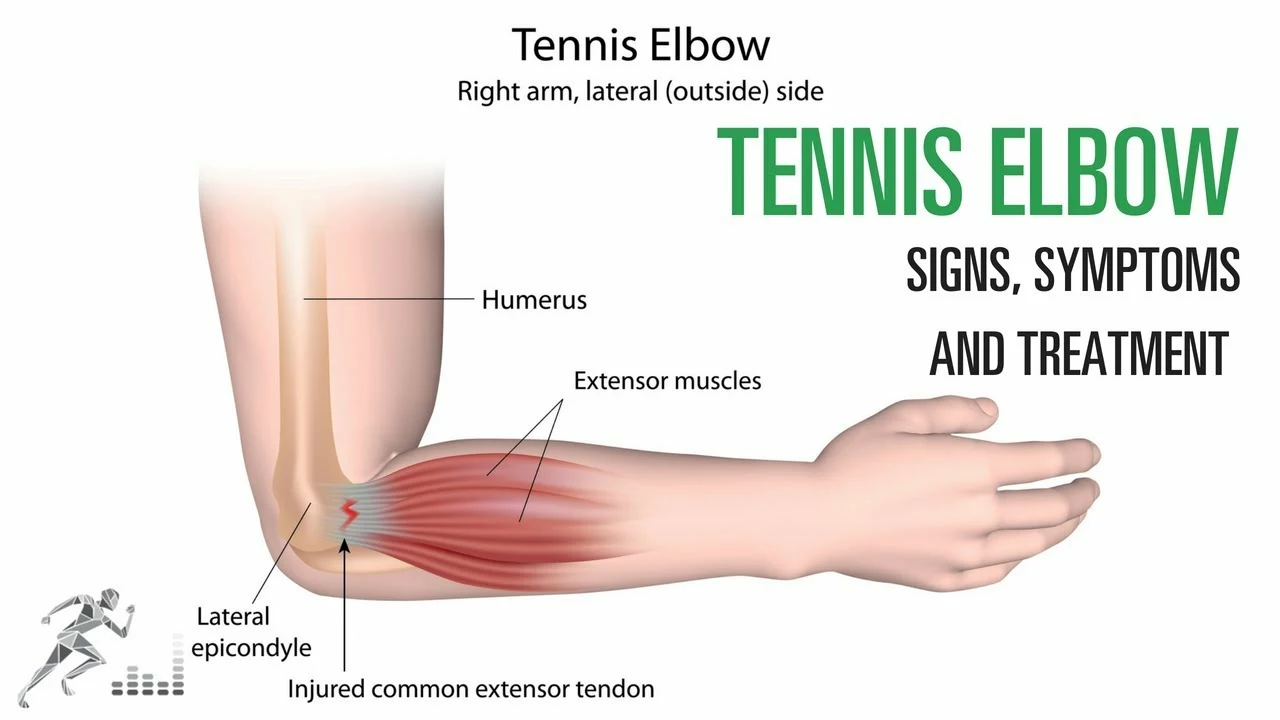
Demystifying the R.I.C.E. Therapy for Tennis Elbow
When Victoria returned home from her weekly tennis game one Saturday morning rubbing her elbow, I had a hunch it was tennis elbow. A professional diagnosis later confirmed it. I had read a handful about the condition and so when the doctor prescribed R.I.C.E therapy, it begged the question - 'Is R.I.C.E. the right treatment approach to Tennis Elbow?' And today, I decided to bring my observations, coupled with some comprehensive research, to you. So, dear reader, immerse yourself in the elaborate world of R(e)st, I(ce), C(ompression), and E(levation)
Understanding Tennis Elbow: The Crux
Tennis elbow, medically known as Lateral Epicondylitis, is a common overuse injury majorly affecting tennis players (hence, the term 'tennis' elbow). But allow me to clarify that you could as well get tennis elbow from repeatedly lifting your Greyhound like our boy Dexter or from a series of vigorous high-five sessions with your kids (believe me, Sawyer and Everly can testify to that). It occurs when the tendons in your elbow are overstressed due to repetitive motions of the wrist and arm.
What is the R.I.C.E. Method?
Having tackled tennis elbow, let's now unwrap this 'R.I.C.E' mystery. R.I.C.E is not that thing served alongside your delicious Mongolian beef. No, it's a four-step treatment approach for soft tissue injuries like sprains, strains and yes - tennis elbow. And as you've probably guessed, it's an acronym making Rest, Ice, Compression, and Elevation. It is recommended as a first-line treatment. Read on, as we dissect these four 'ingredients' of R.I.C.E.
Delving Deeper into R.I.C.E: Step by Step
Rest
Rest can defeat many medical conditions. And it is crucial when dealing with an overuse injury like tennis elbow. It allows the injured tendons to recover from the stress they've endured. The pain is your body’s way of saying ‘Hey, it's time for a break!’ Listen to it. If you are athletes, refrain from picking up that racket or other equipment for a while.
Ice
Ice is pivotal in managing pain and reducing swelling. An ice pack application causes the blood vessels to constrict thus reducing blood flow to the region (vasoconstriction). It brings about numbing effects which are helpful in reducing the pain. Just remember - don't directly put ice on your skin, wrap it in a cloth or use an ice pack.
Compression
The 'C' in RICE stands for Compression - applying a secure bandage, elastic wrap, or compression sleeve around the injured elbow. This helps manage swelling and offers stability to the joint. But heed my words - compression should never be so tight that it ends up cutting off circulation.
Elevation
Elevation is the final step, aiming to control swelling by reducing blood flow to the injury site. It involves raising the injured arm above the level of the heart. So, you can prop up your arm with pillows while lying down or use an arm sling while standing or walking.
R.I.C.E: Nailing the Argument
The R.I.C.E. method is a universally prescribed technique for managing acute injuries. It's beneficial for those first 24 to 48 hours post-injury. But the question is - 'Is it really the best method for tennis elbow treatment?' Here's my take: It is, but it's not the be-all and end-all. While it can help manage acute symptoms, it's essential to look at other treatment avenues for full recovery, which may include physical therapy exercises and in some severe cases, corticosteroid injections.
Victoria saw improvements within the first few days of R.I.C.E. treatment, but consistent physiotherapy exercises were the real game-changer. And let's not forget that every human body response differently, so while R.I.C.E. may work for you, it may not show similar effects for your tennis partner.
With this comprehensive discourse on the relevance of R.I.C.E. treatment for tennis elbow, remember that the best way to treat any injury is to prevent it from happening. Keeping your arms strong, your technique sound, and not overworking your elbow will ensure the likelihood of getting a tennis elbow is slimmer than Dexter's racing chances against a cheetah.
So, put on your game face, embrace these tactics, not just for tackling tennis elbow, but any soft tissue injury life hurls your way!
Post Comments